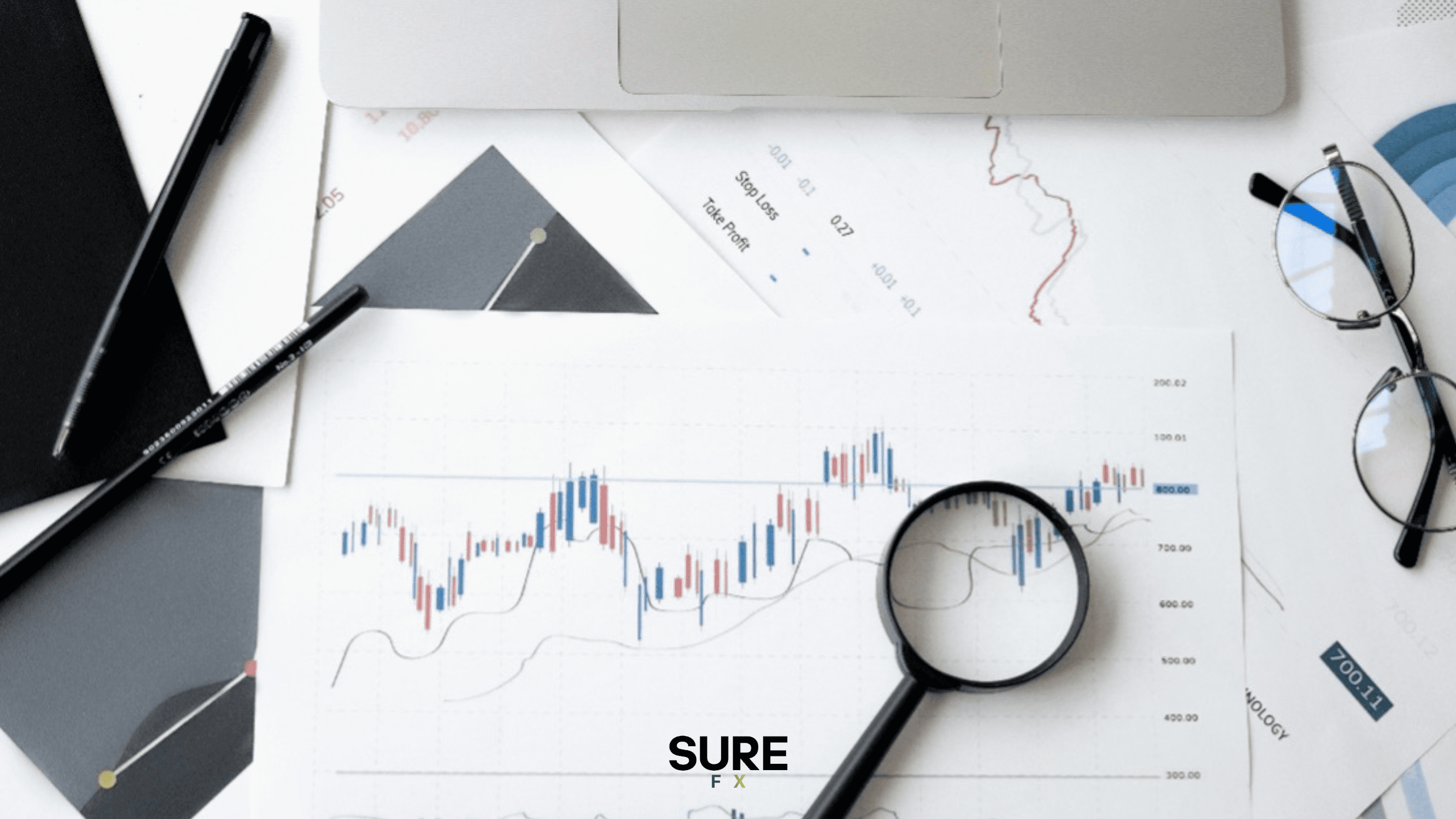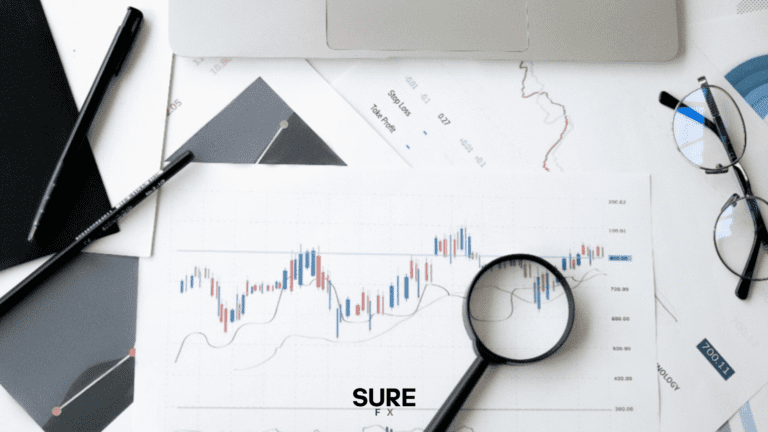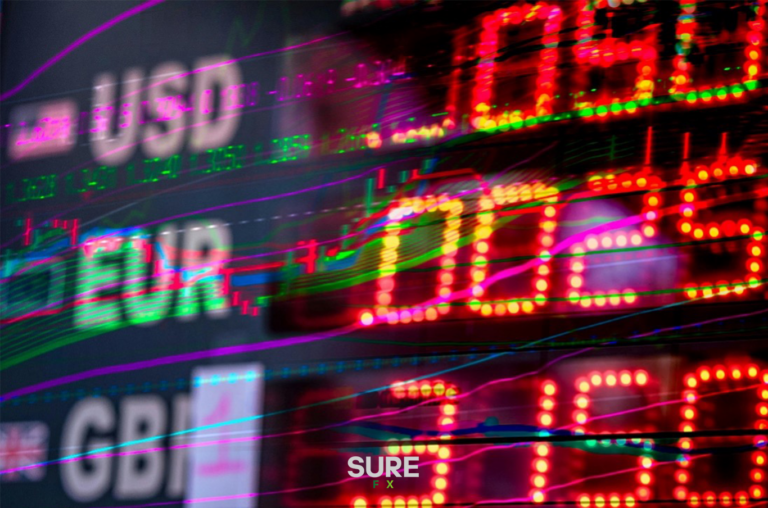F
or anyone new to the world of forex trading, getting started with a demo account is often the first step. Demo trading allows you to practice your strategies, learn the ins and outs of trading platforms, and gain confidence without risking real money. While demo trading offers a safe space to hone your skills, the ultimate goal is to transition from paper trading to live trading—where real profits (and real risks) come into play.
If you’re ready to take that crucial next step, this article will guide you through the process of transitioning from demo trading to live forex trading and offer tips on how to ensure that your path to real profits is as smooth and successful as possible.
Why Transitioning from Demo to Live Trading Matters
Paper trading (or demo trading) is an invaluable tool for learning the basics and testing out strategies in a risk-free environment. But it’s important to understand that demo trading doesn’t entirely replicate live trading. In a demo account, you’re not dealing with the psychological pressures and emotions that come with trading real money, and the execution speed of orders may differ slightly from real market conditions. This is why transitioning to a live account requires careful preparation.
Once you’re comfortable with the mechanics of forex trading—executing trades, using trading platforms, understanding currency pairs, and applying technical and fundamental analysis—it’s time to take your skills to the next level and put them to the test in the real market.
So, how do I transition from demo to live forex trading successfully? Let’s break it down.
Step 1: Reflect on Your Demo Trading Experience
Before jumping into a live account, take the time to reflect on your demo trading journey. Ask yourself a few important questions:
- Did I consistently make profits in my demo account?
Evaluate whether your strategies are working in the demo environment. If you’re seeing consistent profits without high levels of risk, you’re likely ready to move to live trading. However, if you’re still struggling to find a profitable strategy, it may be worth spending more time practicing and refining your approach. - Did I follow a trading plan?
One of the key mistakes new traders make is jumping into trades without a plan. A solid trading plan—that includes your risk management rules, profit targets, and trade entry/exit strategies—is essential in both demo and live trading. If you haven’t followed a structured trading plan in your demo account, now is the time to do so. - How well did I manage risk?
Successful traders are those who can manage their risk effectively. Reflect on your risk management practices in the demo account. Did you use stop losses to limit your losses? Did you set realistic profit targets? If not, make sure you integrate proper risk management techniques into your live trading strategy.
Step 2: Set Realistic Expectations
One of the most important aspects of transitioning from demo to live trading is understanding the difference in expectations. In the demo world, everything seems easier—you can place trades without worrying about losing real money. However, live trading involves real financial stakes, which can create pressure and emotional challenges that weren’t present in demo trading.
- Start Small: In live trading, it’s essential to start small and scale your trades gradually. Begin by trading with micro or mini lots, which represent smaller portions of the market, so you can still gain exposure without risking significant amounts of capital. This gives you the flexibility to learn and adjust your strategies in real-time while minimising your risk.
- Prepare for Losses: No trader wins every trade, and expecting to do so is a recipe for failure. Prepare mentally for losses and understand that they are part of the learning process. Focus on long-term profitability rather than obsessing over individual trades.
- Focus on Consistency Over Big Wins: In the early stages of live trading, your goal should be consistency rather than chasing big profits. Build your confidence by taking small, controlled steps. Over time, as you gain experience and hone your strategies, you’ll increase your profitability.
Step 3: Choose a Reliable Live Forex Trading Platform
To begin your live trading journey, you’ll need a live forex trading platform. Choose a trading platform that is reliable, user-friendly, and suits your trading style. Some of the most popular platforms include:
- MetaTrader 4 (MT4): Known for its ease of use, powerful charting tools, and automation features, MT4 is one of the most popular platforms in the forex market.
- MetaTrader 5 (MT5): An enhanced version of MT4, MT5 offers more timeframes, additional order types, and superior charting capabilities, making it ideal for more advanced traders.
- cTrader: Known for its intuitive design and fast execution speeds, cTrader is another popular choice among traders.
A solid platform will provide you with the right tools to execute trades, analyse market conditions, and manage your trades efficiently. As you transition to live trading, make sure you’re familiar with the platform’s features, and ensure that it is connected to a reputable broker offering low spreads, high liquidity, and good customer support.
Step 4: Set Up Your Live Trading Account Properly
When it comes to live trading, proper setup is critical for smooth execution. Follow these steps to ensure you’re ready to make your first live trade:
- Choose a Reputable Broker: When asked, “When should I move from demo to live forex trading?”, you should transition once you’ve found a reliable broker that offers a solid trading platform and favourable trading conditions. Ensure the broker is regulated, has positive reviews, and provides low spreads and strong customer service.
- Deposit Funds: Start small with your deposit. Many brokers offer micro accounts that allow you to trade smaller amounts, so you can gain exposure to real market conditions without risking significant capital.
- Understand Account Types: Different brokers offer various account types, so make sure you choose one that fits your trading style. A standard account may be ideal for more experienced traders, while a mini or micro account is better for beginners looking to ease into live trading.
Step 5: Stick to Your Trading Plan
In demo trading, the market can feel like a testing ground for your strategies, but in live trading, emotions can have a strong influence on your decisions. Fear, greed, and impatience are emotions that you’ll encounter regularly in live trading, so sticking to a well-defined trading plan is crucial.
- Risk Management: One of the most important elements of a trading plan is risk management. Determine in advance how much of your capital you’re willing to risk on each trade. Many traders risk no more than 1-2% of their total account balance per trade, which helps to safeguard against large losses.
- Trade Journal: Keep track of every trade you make, noting the rationale behind your entry and exit points, as well as any emotions or thoughts you had during the trade. This journal will be an invaluable tool for analysing your trading habits and identifying areas for improvement.
Step 6: Gradually Increase Your Exposure
Once you’ve built confidence and established a track record of profitable, consistent trading, you can gradually increase the size of your trades. However, avoid the temptation to jump into larger trades too quickly. Keep scaling your risk and trade size in proportion to your growing experience and success.
At this stage, you should also begin to refine your trading strategies. Review your past trades and fine-tune your analysis, entry points, and risk management tactics. Look for patterns and areas where you could improve, and continue educating yourself about advanced trading techniques.
Final Thoughts: Real Profits Begin with a Solid Foundation
The transition from demo to live forex trading can be intimidating, but it’s also incredibly rewarding. By following these steps and staying disciplined, you can set yourself up for long-term success. Remember, the demo forex trading for beginners stage is just that—a beginning. The skills, confidence, and emotional resilience you develop through your demo account will help you thrive when the stakes are higher in the live market.
So, when you’re ready, take the plunge into the live forex market. Focus on consistency, risk management, and strategic planning. With the right mindset and preparation, you’ll turn your demo trading experience into real profits—and build a successful forex trading career.






